The Great War broke out in August 1914.
As men traveled overseas to fight in the war, Suffragettes curtailed their movement and supported the war effort by taking over their vacant job positions and maintaining the country.


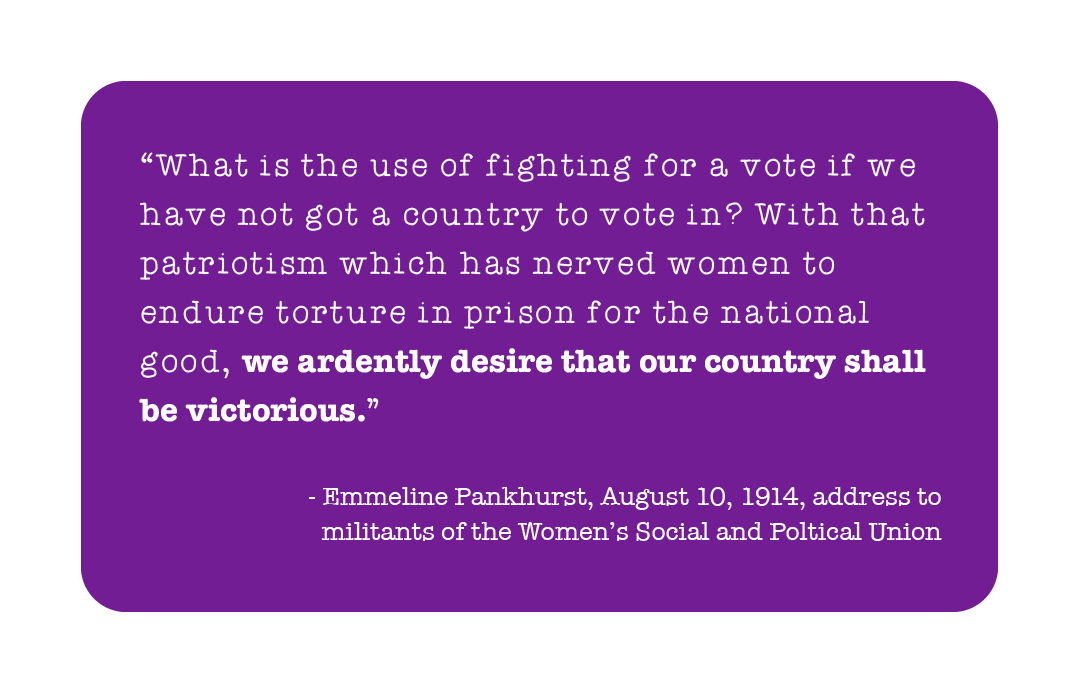
The Great War broke out in August 1914.
As men traveled overseas to fight in the war, Suffragettes curtailed their movement and supported the war effort by taking over their vacant job positions and maintaining the country.
They proved that women could undertake manual labor by taking up jobs in dockyards, munitions factories, and arsenals.
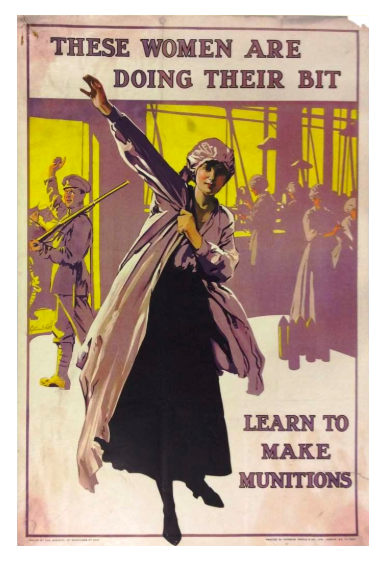
"Poster showing female munitions workers: ‘These Women Are Doing Their Bit. Learn To Make Munitions’", 1916, Imperial War Museums
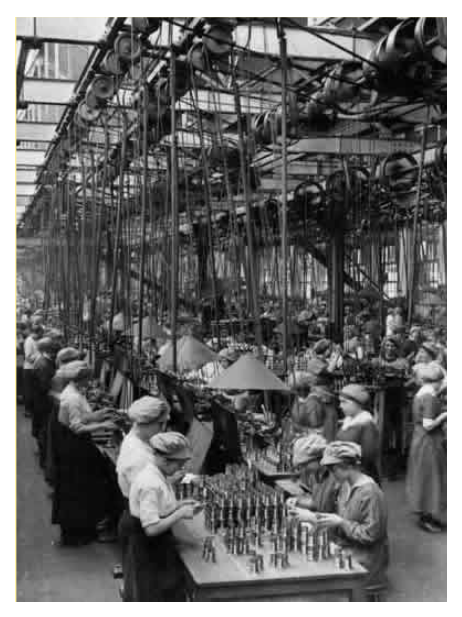
"Photograph of women making fuse heads", 1914, Imperial War Museums
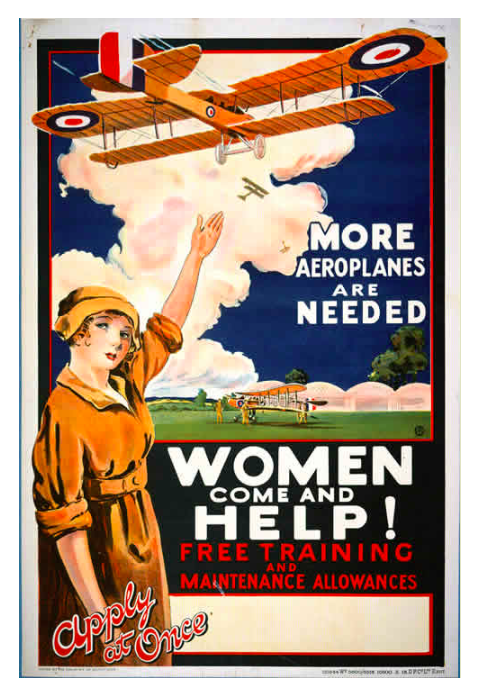
"More Aeroplanes are Needed", n.d. The National Archives
They were also employed as bus conductors, police, nurses, and some fought alongside the men through the establishment of the Women’s Army Auxiliary Corps.
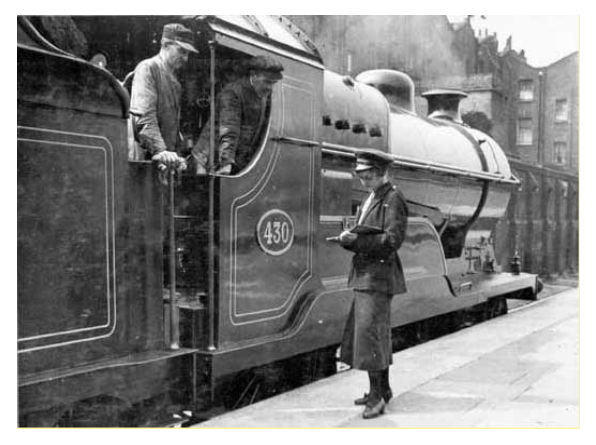
"Woman railway worker", 1918, Imperial War Museums
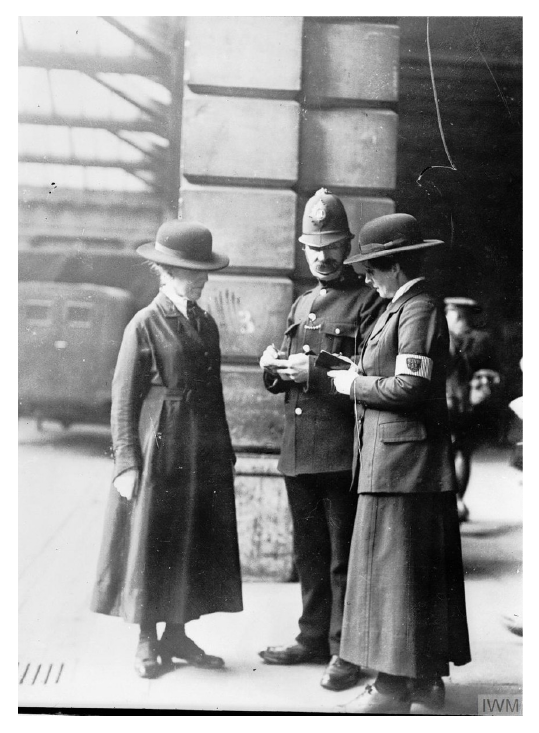
“Two members of the Women's Police Service, 1918.”, Horace Nicholas, 1918, Imperial War Museums
Although resented by some, the work done by women during WWI won the respect of most men as it showed that women were very much their equal.
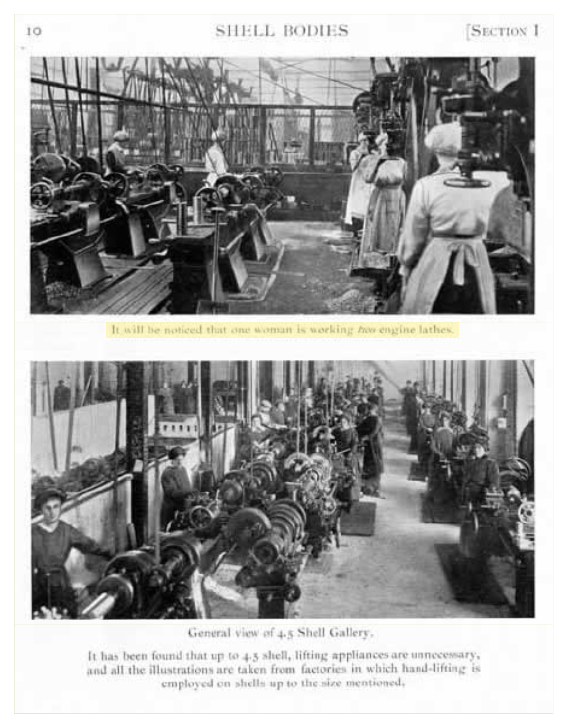
“Extract from a Ministry of Munitions booklet, 'The Employment of Women on Munitions of War', February 1916", 1916, The National Archives
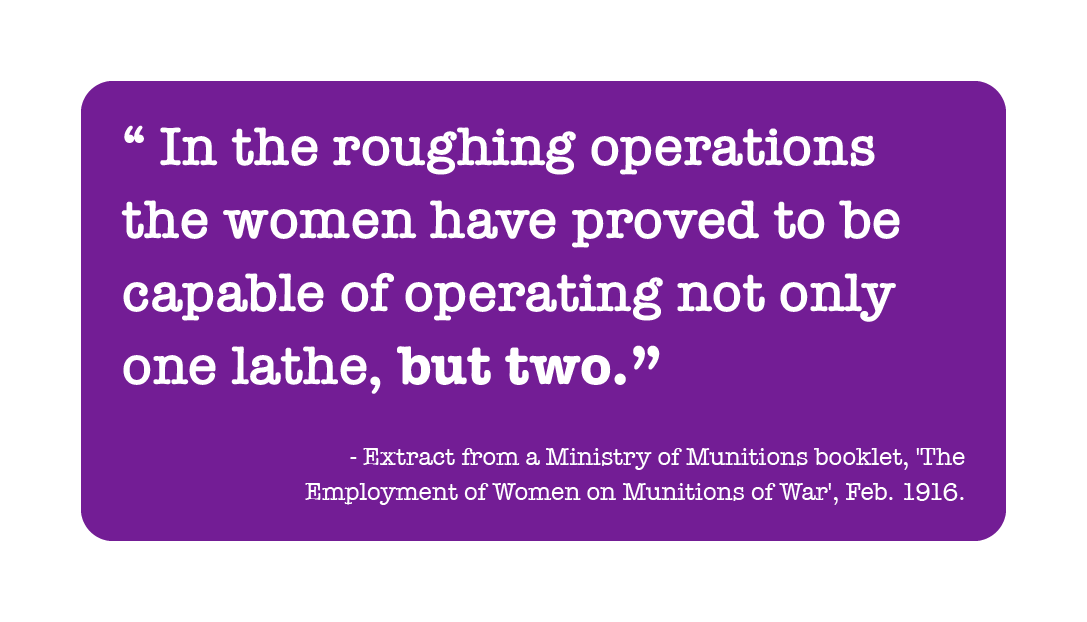
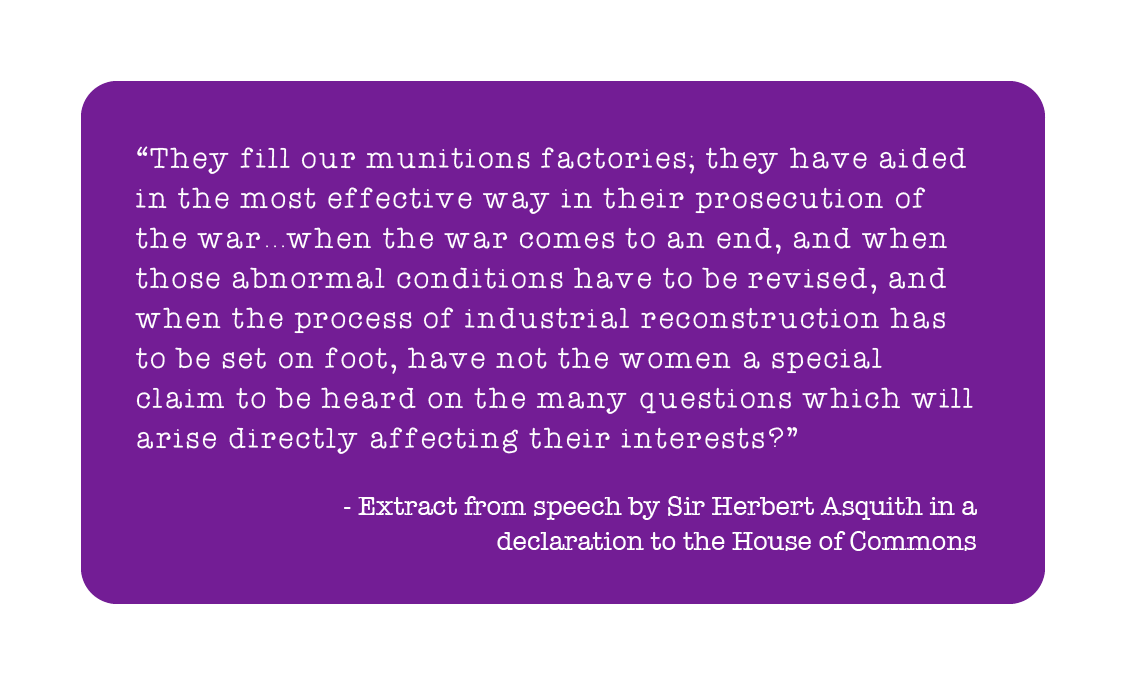
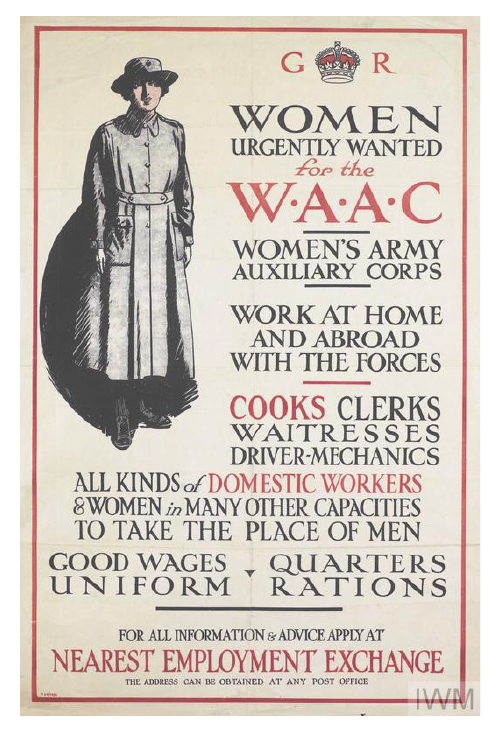
“WOMEN URGENTLY WANTED FOR THE WAAC”, n.d., Imperial War Museums